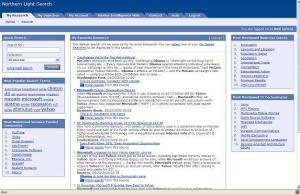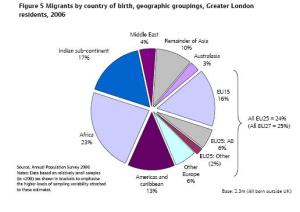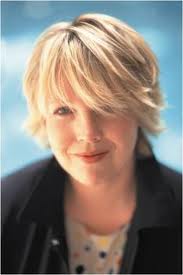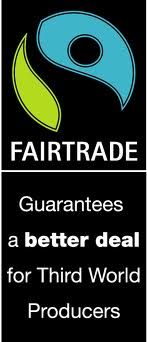 As a long-standing customer and fan of the City Business Library dating back to my City days, it is good to see them back in business after a move from their previous location.
As a long-standing customer and fan of the City Business Library dating back to my City days, it is good to see them back in business after a move from their previous location.
It is good news on many levels. Before the move they were almost impossible to find in one of the many City of London (also known as the Square Mile) winding back streets. Also they were located in the a basement, which made for a somewhat oppressive atmosphere due to a lack of natural light.
Now they have moved into Guildhall, which is the headquarters for the City of London (previously known as the Corporation of London).
Along with the move they now have a shiny new set of library and IT equipment, making for a very impressive space.
City Business Library Relocation
The City Business Library has moved to Guildhall.
The new address is: City Business Library, Aldermanbury, London EC2V 7HH
Directional map showing the new location of CBL (157kb)
Collections
The City Business Library is a public reference library specialising in current business information which is intended to be of practical use. If you need information more than five years old, or you are interested in business history, we advise you to contact Guildhall Library.
If you wish to consult student textbooks, theses and dissertations or academic journals we advise you to contact an academic library.
Company information
We have electronic and printed information on both British and foreign companies. We subscribe to a number of company information database which you can use free of charge in the library.
If you would like more detailed information please download this guide:
Company information UK and worldwide (100kb)
Country information
Our collections include business directories, economic background reports, business periodicals, financial and trade statistics and guides to doing business in other countries. If you would like more information please download the following guides:
Country information (90kb)
Market research
We have market research reports for both the UK and foreign markets, with an emphasis on consumer goods and services. Many reports are now published only in electronic format and are only available via online subscriptions. However, you can view them free of charge in the Library.
If you would like more detailed information please download this information sheet:
Market research (97kb)
Other collections
We have smaller collections on the following subjects:
- Management including financial management, human resource management, and marketing
- Finance & Investment – information on the financial markets including information of interest to private investors
- Starting a business – download information sheets on:
Starting a business (88kb)
Starting an ethical or green business (96kb) - Importing & Exporting – download this information sheet on:
Importing and exporting
Please note that any copying, whether downloading / printing from the databases or photocopying from printed material must be within the Copyright law.
The new address is: City Business Library, Aldermanbury, London EC2V 7HH
Directional map showing the new location of CBL (157kb)
See us at our stand at the City of London Meet the Buyers event on 9 March 2010
Collections
The City Business Library is a public reference library specialising in current business information which is intended to be of practical use. If you need information more than five years old, or you are interested in business history, we advise you to contact Guildhall Library.
If you wish to consult student textbooks, theses and dissertations or academic journals we advise you to contact an academic library.
Company information
We have electronic and printed information on both British and foreign companies. We subscribe to a number of company information database which you can use free of charge in the library.
If you would like more detailed information please download this guide:
Company information UK and worldwide (100kb)
Country information
Our collections include business directories, economic background reports, business periodicals, financial and trade statistics and guides to doing business in other countries. If you would like more information please download the following guides:
Country information (90kb)
Market research
We have market research reports for both the UK and foreign markets, with an emphasis on consumer goods and services. Many reports are now published only in electronic format and are only available via online subscriptions. However, you can view them free of charge in the Library.
If you would like more detailed information please download this information sheet:
Market research (97kb)
Other collections
We have smaller collections on the following subjects:
* Management including financial management, human resource management, and marketing
* Finance & Investment – information on the financial markets including information of interest to private investors
* Starting a business – download information sheets on:
Starting a business (88kb)
Starting an ethical or green business (96kb)
* Importing & Exporting – download this information sheet on:
Importing and exporting
Please note that any copying, whether downloading / printing from the databases or photocopying from printed material must be within the Copyright law.








 I have been attending some of the
I have been attending some of the 


